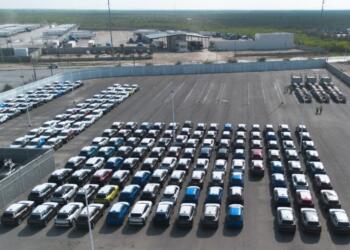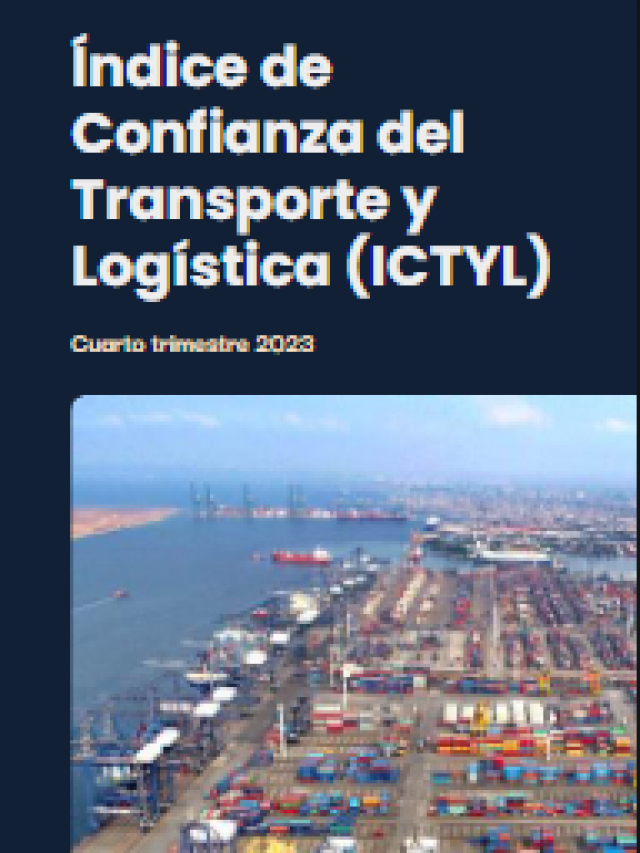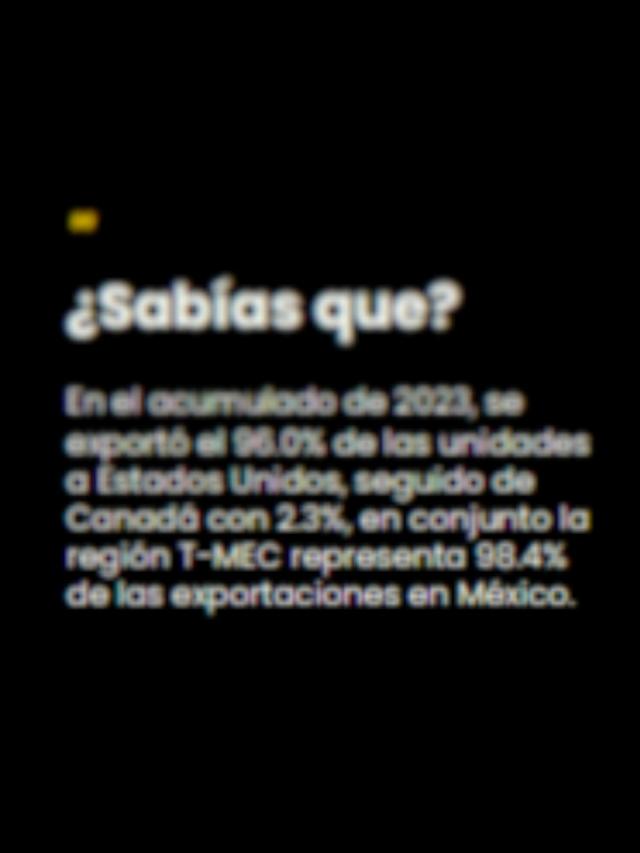
JIUTEPEC, MOR.- Despite technological advances and the willingness of transportation companies to incorporate cleaner alternatives, electromobility in Mexico still faces significant structural challenges, primarily related to the country’s energy mix, according to industry experts.
“One technology alone isn’t enough,” warned Arturo Robles, general manager of Sales for Latin America at Cummins , opening the conversation with a snapshot of the various energy options currently competing for space in freight mobility.
Among them, he mentioned everything from traditional diesel, which he assured will remain in use even in 2050, to less explored solutions in the country such as renewable natural gas , synthetic fuels derived from green hydrogen, ethanol, and hydrogen internal combustion engines.
Robles warned that although electric vehicles are more energy efficient, “with lower losses in charging, discharging, and transmission,” their environmental impact will depend directly on the source of their electricity.
“If we continue to use energy from non-renewable sources, as is currently the case for 75% of electricity generation in Mexico, electric vehicles will continue to emit significant amounts of CO2,” he explained.
The so-called “water footprint” also became part of the analysis. Robles explained that while producing one liter of diesel requires eight liters of water, manufacturing lithium batteries can consume up to 7,200 liters for every four kWh of energy, enough to travel just three kilometers.
Furthermore, innovation in electromobility no longer depends exclusively on foreign technologies: electric powertrains with up to 75% domestic content and locally assembled batteries are being developed in Mexico, according to Jorge Suárez, representing the company Megaflux .
“In electromobility, we can generate more local value. For many years, it was thought that imported products were better, but that’s no longer necessarily the case,” said Suárez.
The experts agreed that electromobility represents a viable option, but it cannot be approached in a one-size-fits-all manner. Each fleet operates under specific conditions, so the transition must be designed as a comprehensive system that includes everything from charging infrastructure to operational training.
Comment and follow us on X: @karinaquintero / @GrupoT21















